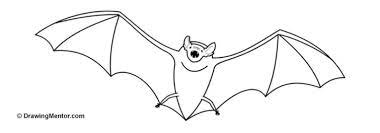
Drawing bats can be a fun and challenging experience, but it can also be a great way to unleash your creativity. As an artist, mastering bat drawing techniques can help you expand your skills and diversify your portfolio. In this article, we will explore the basic elements of bat anatomy, common bat drawing styles, and step-by-step instructions on how to draw a bat. We will also provide tips for adding texture and shading to your bat drawing, explore different mediums and styles, and offer easy-to-draw bat techniques for beginners. By the end of this article, you will have the skills and knowledge to create stunning and dynamic bat art pieces.
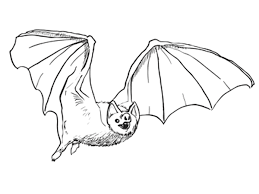
Introduction to Bat Drawing Techniques
Before we dive into the specifics of drawing a bat, it is important to understand the basic techniques involved in creating bat drawings. Drawing a bat requires a keen eye for detail and an understanding of the bat's unique anatomy. To begin, it is helpful to gather reference materials such as photographs or sketches of bats. These materials will provide you with a visual guide for creating your bat drawing.
It is also important to consider the style of bat drawing you want to create. There are several common styles of bat drawing, including realism, cartoon, and stylized. Each style requires a different approach to drawing and offers its own unique advantages. Realism is excellent for creating highly-detailed and accurate bat drawings, while cartoons and stylized drawings can be more whimsical and playful.
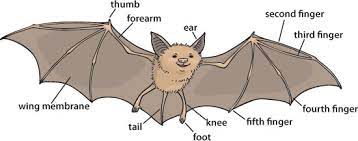
Basic Elements of Bat Anatomy
To draw a realistic bat, it is essential to understand the basic elements of bat anatomy. Bats are flying mammals with long, slender wings and sharp claws. They have a distinctive face with large eyes and pointed ears. Bats also have a unique skeletal structure that allows them to fly. Understanding these elements will help you create a more accurate and detailed bat drawing.
When drawing a bat, begin with the basic skeletal structure, including the wings, legs, and head. From there, add the details, such as fur, claws, and facial features. It is important to pay close attention to the proportions of the bat's body to create a realistic and accurate drawing.
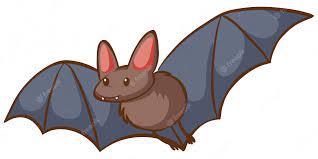
Common Bat Drawing Styles - Realism, Cartoon, and Stylized
As mentioned earlier, there are several common styles of bat drawing, including realism, cartoon, and stylized. Each style offers its own unique advantages and requires a different approach to drawing.
Realism is excellent for creating highly-detailed and accurate bat drawings. This style requires a keen eye for detail and an understanding of the bat's unique anatomy. Realistic bat drawings are typically created using graphite pencils or charcoal, which allows the artist to create fine details and shading.
Cartoon bat drawing is a more playful and whimsical style. This style is excellent for creating bat characters or illustrations for children's books. Cartoon drawings often have exaggerated features and bold lines. They are typically created using markers or colored pencils.
Stylized bat drawing is a more abstract and artistic style. This style allows the artist to create unique and imaginative bat drawings. Stylized bat drawings often have bold shapes and vibrant colors. They are typically created using watercolors or acrylic paints.
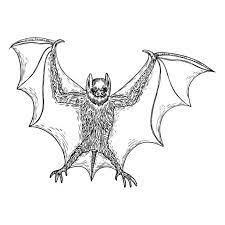
Steps to Drawing a Bat - From Outline to Details
To draw a bat, begin with a basic outline of the bat's body. This will serve as a guide for adding the details and features of the bat. Once you have the outline, begin adding the details, such as fur, claws, and facial features. Pay close attention to the proportions of the bat's body, as this will ensure that your drawing looks accurate and realistic.
Once you have added the details, begin shading your drawing. This will help add depth and texture to your drawing. Pay close attention to the light source, as this will determine where the shadows fall on the bat's body. Use a variety of shading techniques, including cross-hatching and stippling, to create a realistic and detailed bat drawing.
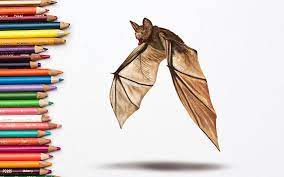
Tips for Adding Texture and Shading to Your Bat Drawing
Adding texture and shading to your bat drawing is essential for creating a realistic and detailed drawing. There are several techniques you can use to add texture and shading to your bat drawing, including cross-hatching, stippling, and blending.
Cross-hatching involves creating a series of parallel lines to create the illusion of texture and shading. This technique is excellent for creating the appearance of fur or feathers.
Stippling involves creating a series of small dots to create the illusion of texture and shading. This technique is excellent for creating the appearance of rough or textured surfaces.
Blending involves using a blending tool, such as a blending stump or tortillon, to blend different shades of graphite or charcoal together. This technique is excellent for creating a smooth and seamless transition between the light and dark areas of your bat drawing.
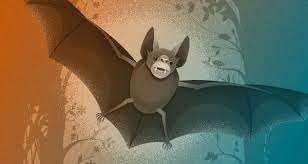
Bat Art Inspiration: Exploring Different Mediums and Styles
Exploring different mediums and styles is a great way to find inspiration for your bat art pieces. There are several mediums you can use when creating bat art, including graphite pencils, charcoal, markers, colored pencils, watercolors, and acrylics.
Each medium offers its own unique advantages and requires a different approach to drawing. Graphite pencils and charcoal are excellent for creating highly-detailed and accurate bat drawings. Markers and colored pencils are ideal for creating whimsical and playful bat drawings. Watercolors and acrylics are perfect for creating vibrant and imaginative bat drawings.
Easy-to-Draw Bat Techniques for Beginners
Drawing bats can be a challenging experience, especially for beginners. However, there are several easy-to-draw bat techniques that can help you get started. One easy technique is to draw a bat silhouette. This involves drawing the outline of the bat's body and filling it in with black. This technique is excellent for creating simple and striking bat drawings.
Another easy technique is to draw a cartoon bat. Cartoon bats are typically created using bold lines and exaggerated features. They are easy to draw and can be a fun way to get started with bat drawing.
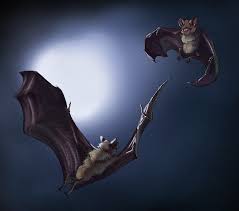
Drawing Bats in Flight - Capturing Motion and Perspective
Drawing bats in flight can be a challenging but rewarding experience. Capturing the motion and perspective of a flying bat is essential for creating a dynamic and engaging drawing. To draw a bat in flight, begin by drawing the outline of the bat's body in mid-air. From there, add the details, such as the wings and facial features.
Pay close attention to the perspective of the bat's body, as this will help create the illusion of motion. Use shading and texture to add depth and dimension to your drawing.
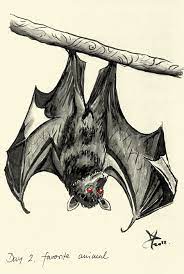
Bat Drawing Challenges and How to Overcome Them
As with any art form, there are several challenges associated with bat drawing. One of the most common challenges is capturing the unique anatomy of a bat accurately. To overcome this challenge, it is essential to gather reference materials such as photographs or sketches of bats. These materials will provide you with a visual guide for creating your bat drawing.
Another common challenge is adding texture and shading to your bat drawing. To overcome this challenge, it is essential to practice different shading techniques and experiment with different mediums. Don't be afraid to make mistakes and try new things, as this is the best way to improve your bat drawing skills.

Conclusion and Next Steps for Mastering Bat Drawing Techniques
Drawing bats can be a fun and rewarding experience that allows you to unleash your creativity and expand your artistic skills. By following the tips and techniques outlined in this article, you can create stunning and dynamic bat art pieces. Remember to gather reference materials, understand the basic elements of bat anatomy, and experiment with different mediums and styles. With practice and patience, you can master the art of bat drawing and create beautiful and unique bat art pieces.
If you are ready to unleash your creativity and master the art of bat drawing, start by gathering reference materials and experimenting with different techniques. Don't be afraid to make mistakes and try new things, as this is the best way to improve your bat drawing skills. With practice and patience, you can create beautiful and unique bat art pieces that showcase your artistic talent.

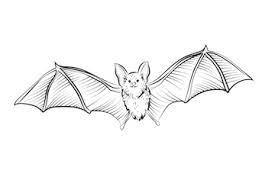


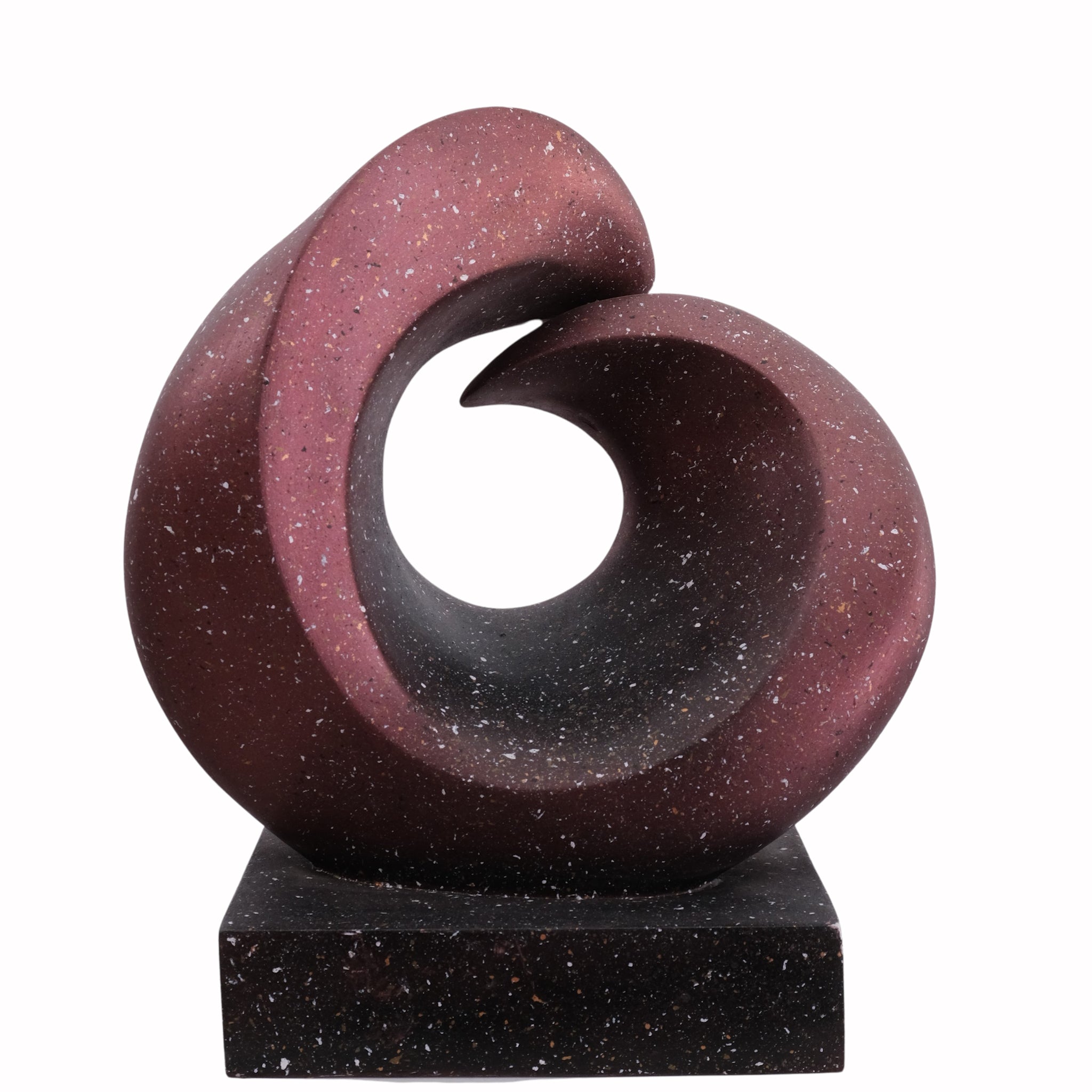

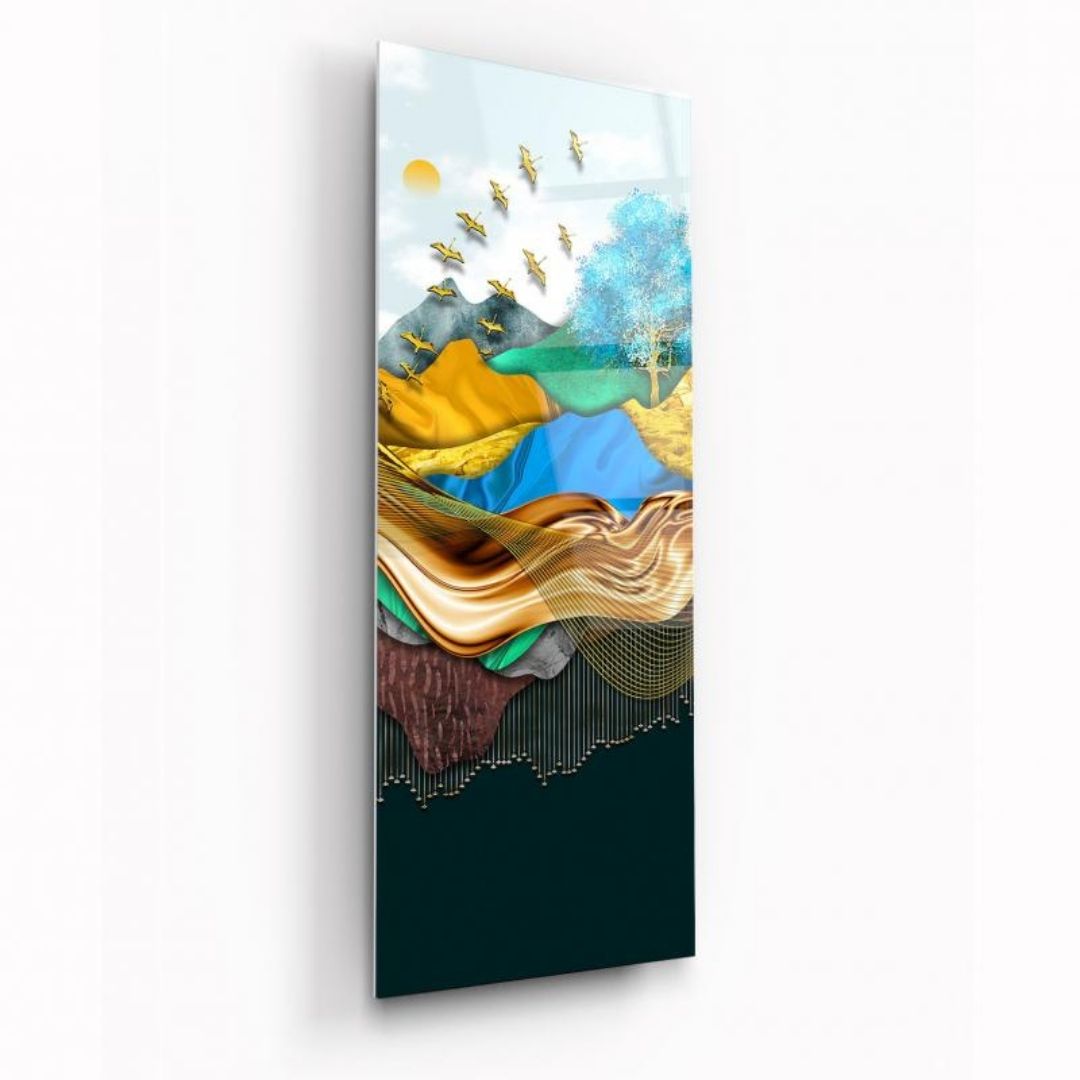
Leave a comment
All comments are moderated before being published.
This site is protected by hCaptcha and the hCaptcha Privacy Policy and Terms of Service apply.